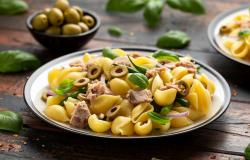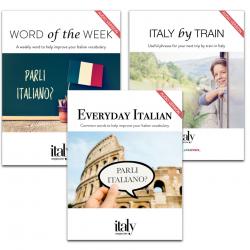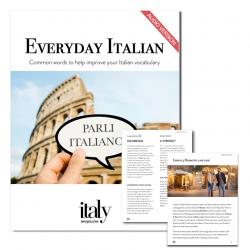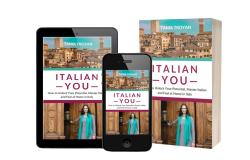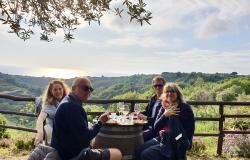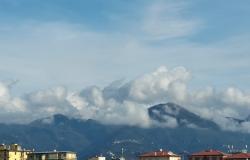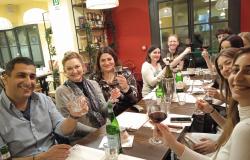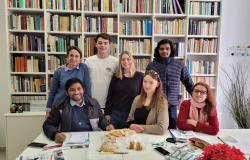Hidden Gems of Italy: Ascoli Piceno
ITA:
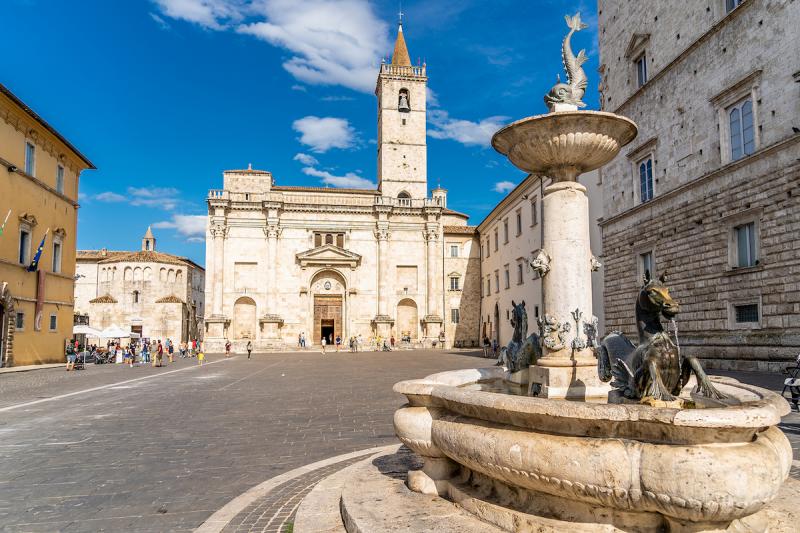
The Cathedral of St. Emidio and the Baptistery of San Giovanni in Ascoli Piceno.
Use player to listen to Italian version

Paywall Content
Ascoli Piceno is a beautiful medieval city in Le Marche. Its historic center is built almost entirely in travertine, which gives it a golden glow come dusk, and has a wealth of artistic and architectural gems, including several towers and bell towers; in fact, Ascoli Piceno is also known as the “City of 100 towers” - it is estimated that, in the Middle Ages, it had up to 200 towers.
Ancient capital of the Piceni, who were conquered by the Romans together with the whole region in 286 BC, the city was dominated for a long time by the Barbarians, the Franks, the emperor Frederick II and the duke of Milan Francesco Sforza. It is said that Alaric, king of the Visigoths, fascinated by the beauty of the city (and aware of its strategic importance), decided not to raze it, as he did for other cities. Together with Fermo, Ascoli Piceno was the capital of the Marche until 1860.
The heart of the city is the Renaissance Piazza del Popolo, considered among the most beautiful squares in Italy; it is flanked by the 13th century Palazzo dei Capitani del Popolo, current seat of the Municipality, the historic Art Nouveau-style Caffè Meletti, and the Church of San Francesco, next to which is the elegant 16th-century Loggia dei Mercanti.
The other main square in Ascoli Piceno is Piazza Arringo, the oldest, surrounded by the medieval Baptistery of San Giovanni, the Cathedral of Sant'Emidio, which contains the crypt of the city’s patron saint, the Palazzo Vescovile, and the Palazzo dell'Arengo, seat of the Civic Art Gallery.
Ascoli Piceno is the only city in Le Marche with two historic theaters, the Filarmonici and Ventidio Basso.
Ascoli Piceno is also famous for two dishes: the olive all’ascolana and the fritto all'ascolana.
The olive all’ascolana are local tender green olives that are pitted and filled with a soft mixture of meats, then breaded and fried. The fritto all'ascolana is a dish that consists of lamb chops, artichokes, Ascoli olives and fried cream.
Ascoli Piceno è una bellissima città medievale delle Marche. Il suo centro storico è costruito quasi interamente in travertino, che gli conferisce un bagliore dorato al tramonto, ed è ricco di gioielli artistici e architettonici, tra cui diverse torri e campanili; infatti Ascoli Piceno è anche conosciuta come la “Città delle 100 torri” - si stima che nel Medioevo ne avesse fino a 200.
Antica capitale dei Piceni, conquistati dai Romani insieme a tutta la regione nel 286 aC, la città
